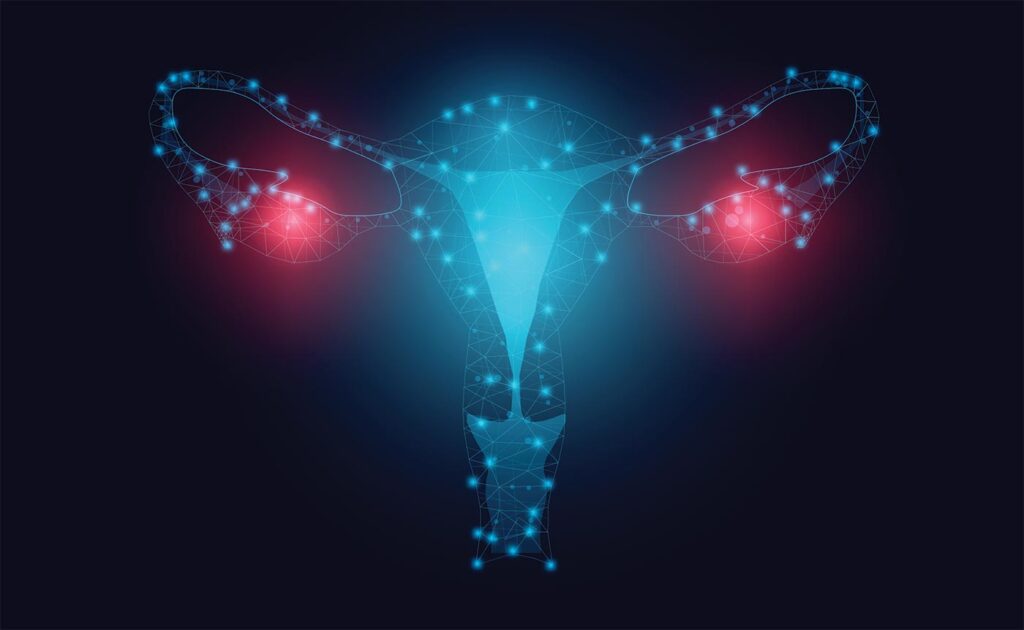A new tool that could help detect ovarian cancer sooner has been developed and validated by researchers from Queen Mary University of London. Ovatools combines results from a standard blood test that measures cancer antigen 125 (CA125) with a woman’s age, to provide a personalized risk score for ovarian cancer. Danny McAuley, scientific director for the U.K.’s National Institute for Health and Care Research Programmes said, “This tool brings real power into the hands of GPs, giving them the ability to detect patients who are at a higher risk of ovarian cancer, and getting them the specialist help they need sooner. This is an important step forward in our quest to drive better outcomes for patients.” The NIHCR helped fund the work, along with Cancer Research UK (CRUK).
Two new studies analyzed data from over 340,000 women across England and revealed Ovatools is accurate and useful, especially for women aged over 50. Both papers appear in the British Journal of Cancer this week.
The first study demonstrated that Ovatools could improve ovarian cancer detection in women aged over 50 years and identify those at higher risk for urgent referral and specialist assessment. The second found that adopting the tool for women aged over 50 would be cost-effective, detecting more cancers earlier while remaining within the affordability threshold used by the National Institute for Health (NHS) and Care Excellence. Ovarian cancer is the eighth most common cause of cancer worldwide, and affects around 7,500 women each year in the U.K. alone. Most patients are diagnosed at a late stage, when survival is poor. Five-year survival is over 90 percent for women diagnosed at stage I but falls to around 16 percent at stage IV. Currently, women with symptoms such as bloating or abdominal pain are offered a CA125 blood test by their GP, with a referral for an ultrasound only if the results exceed a fixed threshold. However, the risk of ovarian cancer varies with age as well as blood test levels. Ovatools aims to account for both factors, identifying high-risk women more reliably.
Garth Funston, clinical senior lecturer at Queen Mary and an author of the first study, said, “CA125 is already widely used by GPs as a test in women with symptoms of possible ovarian cancer, such as persistent bloating or abdominal pain. By combining a woman’s CA125 level and the age, Ovatools gives us a better indication of a woman’s risk of having ovarian cancer. As a GP I think these findings could be really helpful in selecting which women need urgent investigation and referral.”
Sarah Cook, senior strategic evidence manager at CRUK, said, “Identifying when to refer patients with possible ovarian cancer for further assessment can be challenging. Risk stratification tools like Ovatools offer valuable support to GPs, helping guide clinical decisions and ultimately improving patient outcomes. While further research is needed to understand the impact in real-world settings, the emerging evidence is compelling—and it’s crucial that the NHS is prepared to adopt and implement these kinds of innovations.” “It’s important that people speak to their doctor if they notice any changes that aren’t normal for them. Possible symptoms of ovarian cancer include abdominal pain, persistent bloating, loss of appetite, and changes to bladder or bowel habits. These symptoms can be caused by conditions other than cancer, but it’s always best to get them checked,” she continued.

